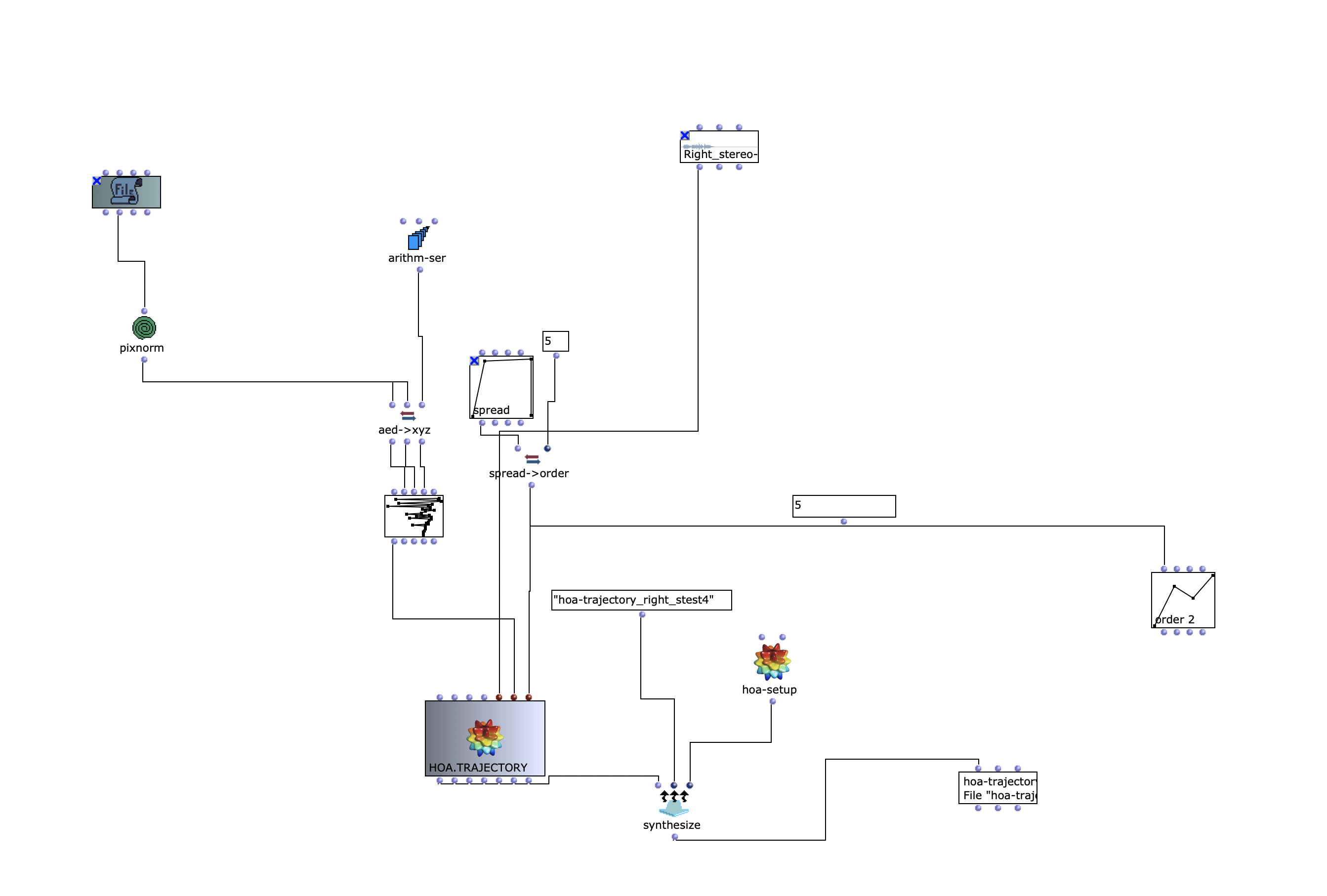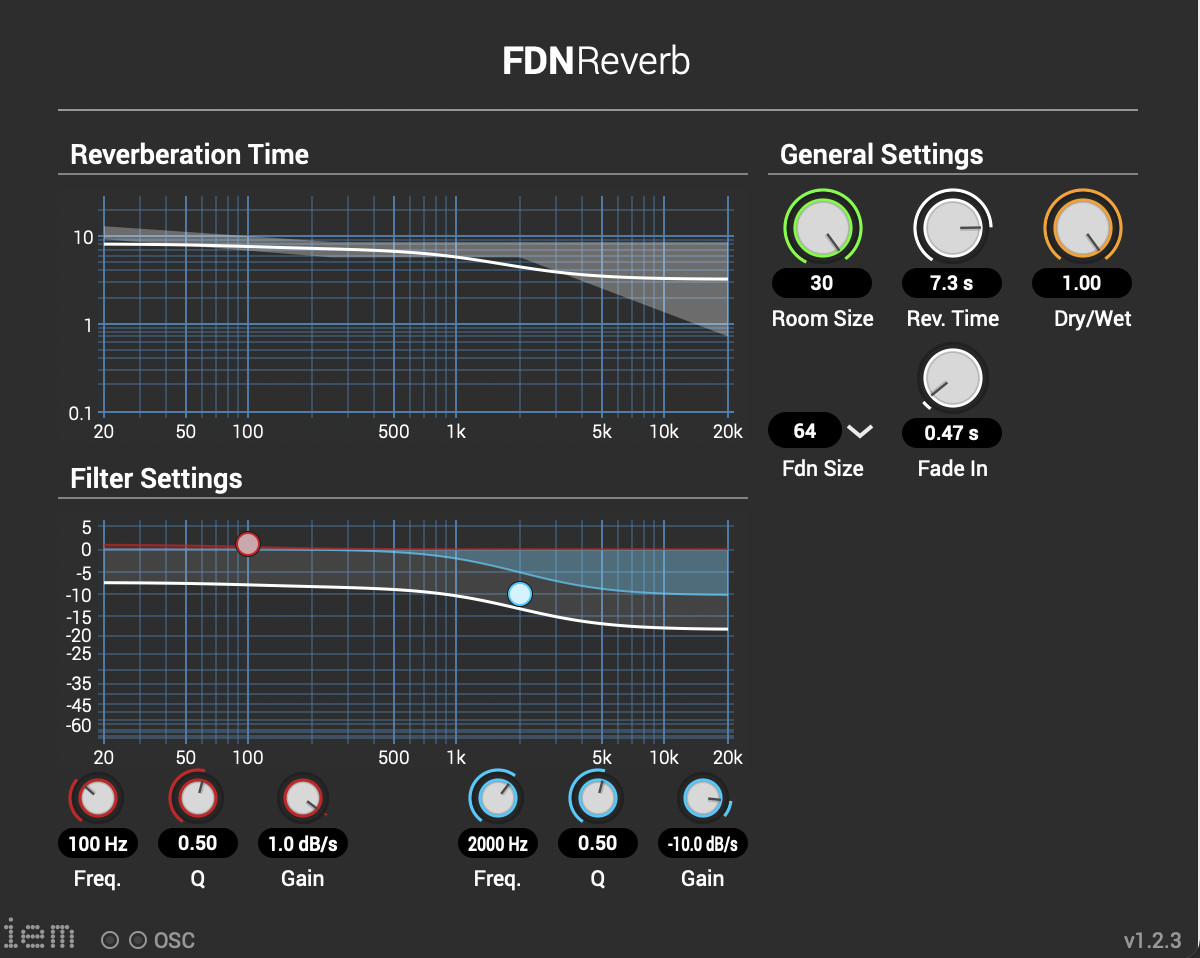This article is about the fourth iteration of an acousmatic study by Zeno Lösch, which was carried out as part of the seminar “Visual Programming of Space/Sound Synthesis” with Prof. Dr. Marlon Schumacher at the HFM Karlsruhe. The basic conception, ideas, iterations and the technical implementation with OpenMusic will be discussed.
Responsible persons: Zeno Lösch, Master student Music Informatics at HFM Karlsruhe, 2nd semester
Pixel
A Python script was used to obtain parameters for modulation. 
This script makes it possible to scale any image to 10 x 10 pixels and save the respective pixel values in a text file. “99 153 187 166 189 195 189 190 186 88 203 186 198 203 210 107 204 143 192 108 164 177 206 167 189 189 74 183 191 110 211 204 110 203 186 206 32 201 193 78 189 152 209 194 47 107 199 203 195 162 194 202 192 71 71 104 60 192 87 128 205 210 147 73 90 67 81 130 188 143 206 43 124 143 137 79 112 182 26 172 208 39 71 94 72 196 188 29 186 191 209 85 122 205 198 195 199 194 195 204 ” The values in the text file are between 0 and 255. The text file is imported into Open Music and the values are scaled. 
These scaled values are used as pos-env parameters. 
Reaper and IEM-Plugin Suite
With different images and different scaling, you get different results that can be used as parameters for modulation. In Reaper, the IEM plug-in suite was used in post-production. These tools are used for Ambisonics of different orders. In this case, Ambisonics 5 order was used. One effect that was often used is the FDNReverb. This reverb unit offers the possibility of applying an Ambisonics reverb to a multi-channel file.  The stereo and mono files were first encoded in 5th order Ambisonics (36 channels) and then converted into two channels using the binaural encoder.
The stereo and mono files were first encoded in 5th order Ambisonics (36 channels) and then converted into two channels using the binaural encoder. 
 Other post-processing effects (Detune, Reverb) were programmed by myself and are available on Github. The reverb is based on a paper by James A. Moorer About this Reverberation Business from 1979 and was written in C. The algorithm of the detuner was written in C from the HTML version of Miller Puckette’s handbook “The Theory and Technique of Electronic Music”. The result of the last iteration can be heard here.
Other post-processing effects (Detune, Reverb) were programmed by myself and are available on Github. The reverb is based on a paper by James A. Moorer About this Reverberation Business from 1979 and was written in C. The algorithm of the detuner was written in C from the HTML version of Miller Puckette’s handbook “The Theory and Technique of Electronic Music”. The result of the last iteration can be heard here.




About the author